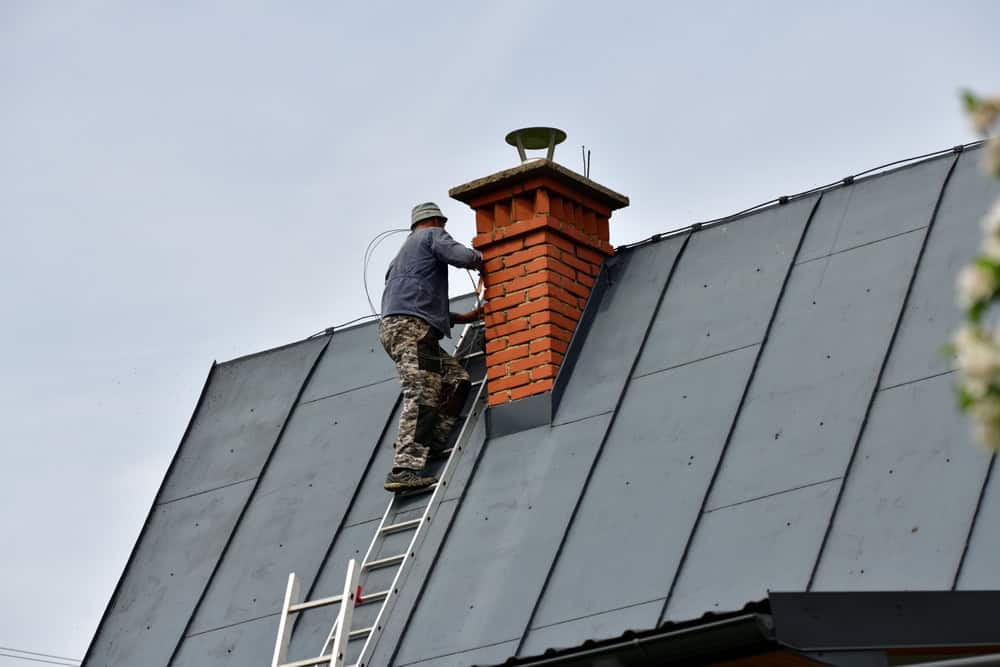Expert stainless steel liner installation that protects your home and family from dangerous gases and costly damage.

Hear from Our Customers

Your chimney works the way it should. No more worrying about carbon monoxide backing up into your living space because the liner is cracked or deteriorating. No more watching your heating bills climb because your chimney isn’t drawing properly.
A properly installed stainless steel chimney liner means your fireplace or heating system operates safely and efficiently. You get consistent heat when you need it, proper ventilation of dangerous gases, and protection from water damage that can cost thousands down the road.
Your home insurance stays valid, your family stays safe, and you stop losing money on energy costs. That’s what happens when the job gets done right the first time.
Certified Chimney Inspections has been serving Rhode Island homeowners since 2000, with our company formally established in 2016. Our experienced team has been working together for over twenty years, building expertise in the specific challenges that coastal New England chimneys face.
All our technicians are CSI certified through the Chimney Safety Institute of America. That means we’ve proven we know how to properly assess, install, and repair chimney systems according to national safety standards.
You’re not dealing with a fly-by-night contractor or someone learning on your property. You’re working with professionals who’ve seen every type of chimney problem Narragansett Pier homes can develop.

First, we inspect your existing chimney to determine the right liner size and type for your specific system. We measure the flue, check for obstructions, and assess the current condition of your chimney structure.
Next, we prepare the chimney by cleaning it thoroughly and making any necessary repairs to ensure proper liner installation. We then carefully lower the new stainless steel liner down the flue, connecting it properly at both the top and bottom.
Finally, we secure all connections, install the appropriate cap and termination components, and test the system to ensure it’s drawing properly. You get a complete walkthrough of what we’ve done and what to expect going forward. The whole process typically takes one day for most residential installations.

Ready to get started?
Every chimney liner installation includes the stainless steel liner sized specifically for your chimney, all necessary connections and fittings, and proper insulation where required by code. We handle the permits and ensure everything meets local building requirements.
You also get a thorough cleaning of your chimney before installation, professional sealing of all connections, and installation of appropriate caps or termination hardware. We don’t cut corners on materials or skip steps that other contractors might rush through.
The coastal environment in Narragansett Pier means your chimney faces salt air, high winds, and temperature fluctuations that can accelerate wear. We account for these local conditions when selecting materials and installation methods that will last in Rhode Island’s challenging climate.
